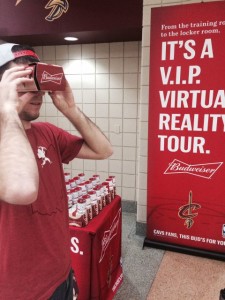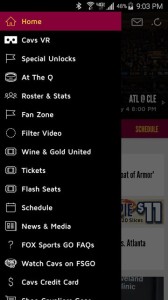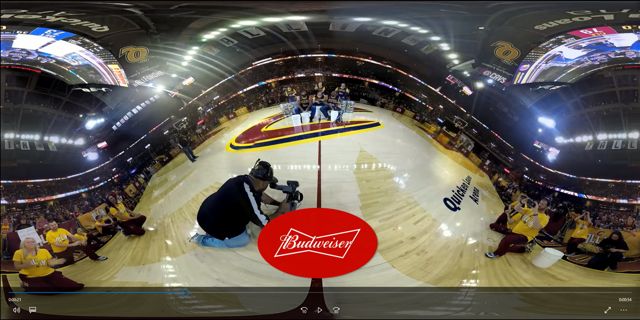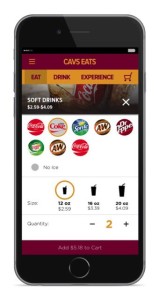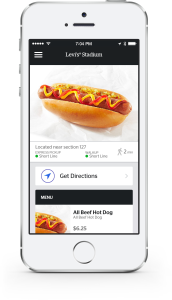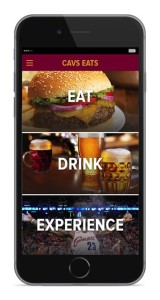Why are stadiums testing out virtual reality (VR) technology for fans, and what is the goal of giving event attendees a “virtual” experience to go along with the one they’re getting in person? Episode 6 of the Stadium Tech Report Podcast takes a look at VR use in stadiums, with hosts Phil Harvey and Paul Kapustka breaking down the reasons behind the trials, and whether or not VR will succeed or flop in stadium situations. Listen now!
SUBSCRIBE TO THE PODCAST:
Here is the link to the podcast on iTunes!
Please let us know what you think of the podcast in the comments below!
